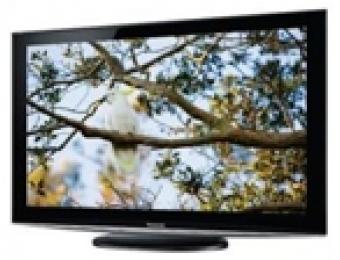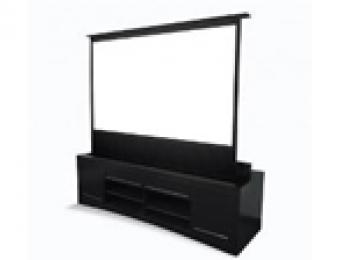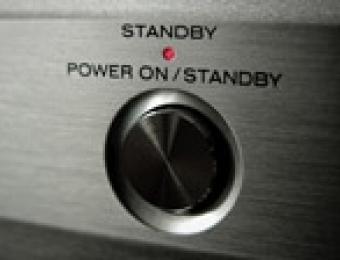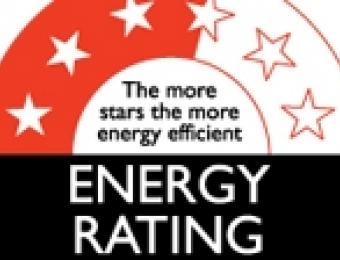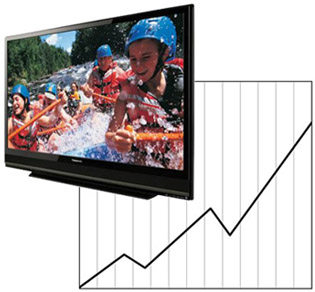
Like any appliance, different types, brands and styles of televisions consume electricity at different rates. The kinds of things that will affect consumption in particular are size, display technology and even how new it is on the market.
What type of TV is more energy efficient?
The simple answer to this question is that an LED TV will be more efficient than both LCD and plasma displays. LCDs are the next most efficient, followed by plasma displays. Size and settings still need to be factored into the equation though - it's not always as simple as saying one technology is always more efficient than the other.
LCD, LED or plasma TVs?
In general, plasma TVs consume the most power, particularly when trying to produce lighter colours, followed by LCD then LED TVs. However, as new types of plasmas are brought into the market they are becoming more and more energy efficient.
Most of the power that's consumed by a television goes into lighting the display. LCDs use more energy than LEDs, as they're backlit using fluorescent lighting. LED TVs, on the other hand, use low-powered LED lighting to illuminate the display - and are very significantly less power hungry as a result.
Screen size
Regardless of the brand or style you're looking at, one thing is certain: the bigger the screen, the larger the energy consumption. A larger screen means your TV needs to drive a larger area of backlight or pixel lighting, depending on the type, and will therefore consume more energy. Studies have shown than a 52 inch TV may even consume double the amount of power than that of a 32 inch TV.
TV settings
The way you set your TV up and use it will also affect how much energy it consumes. If your TV is left in standby mode all the time rather than being switched off completely, for example, it could contribute to a small hike in your energy bill. Likewise, personal viewing settings can also affect power usage. The brighter the picture, the harder the backlighting will have to work. This is particularly the case for plasma TVs.
How can I control energy efficiency?
The first way to recognise the energy efficiency of your TV is to check on the compulsory MEPS energy rating that every new TV comes with.
If you already have a TV and you want to increase your efficiency, the sorts of things you can do include lowering the brights on your display, buying a more energy efficient TV, or turning your display off at the power point when you're not using it to prevent standby power consumption.

